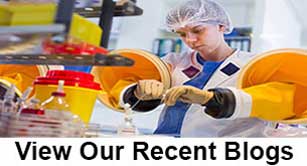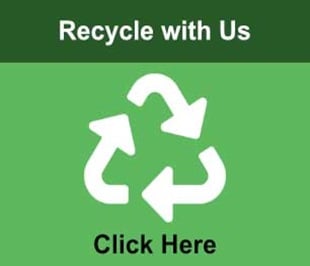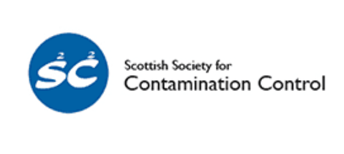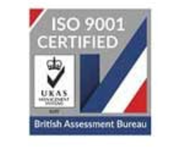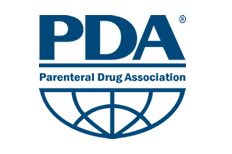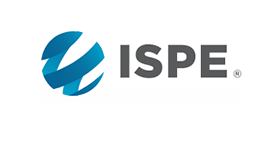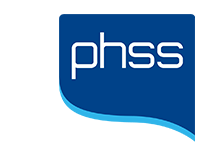EU GMP Annex 1 - WHAT HAS CHANGED & HOW DOES IT AFFECT YOU ?
April 24, 2023 | Cleanroom Supplies Blogger

Overview of EU GMP Annex 1
Annex 1 of the EU GMP provides specific guidance on the manufacture of sterile medicinal products. These requirements focus on eliminating the risk of product contamination during manufacturing processes, and critically, when the product leaves the Cleanroom.
Prior to the most recent revision of the regulations, EU GMP Annex 1 was last re-visited in 2008. No doubt, manufacturing technologies for sterile products have advanced significantly in the 15 year gap, so it is fitting that a revision of the regulations is due.
Changes to Annex 1 Requirements as of August 2022
The new version of Annex 1 has been expanded considerably, and now contains a stronger focus on risk management and the implementation of a contamination control strategy. It takes an improved risk-centric approach, as apposed to the more ‘regulatory’ mindset of the prior version. The deadline for such requirements to come into force is 25th August 2023.
Whilst Annex 1 has been substantially expanded, there are a few broad areas of change that are worth noting:
Use of Quality Risk Management (QRM) Strategies
Quality Risk Management (QRM) is the systematic process and review of risks to the quality of the drug across the product lifecycle.
According to ICH 9 two main principles of quality risk management are:
- “The evaluation of the risk to quality should be based on scientific knowledge and ultimately link to the protection of the patient“; and
- “The level of effort, formality and documentation of the quality risk management process should be commensurate with the level of risk.”
It is evident that the revised Annex 1 document has considerably raised the bar in terms of applying QRM strategies in the Pharmaceutical Industry.
In the previous revision (2008), the only reference to risk is contained in Section 8: Cleanroom and clean air device monitoring. In contrast to this, there are references to risk in multiple sections throughout the revised draft Annex 1 including Sections 2, 3, 4, 5, 7, 8 and 9.
How does this implementation affect those on a consumer level?
As the manufacture of sterile drugs is a complex activity, it requires specific controls and measures to ensure the quality of the products manufactured. The extensive implementation of risk-based quality control will ensure that high-quality pharmaceutical goods are obtained.
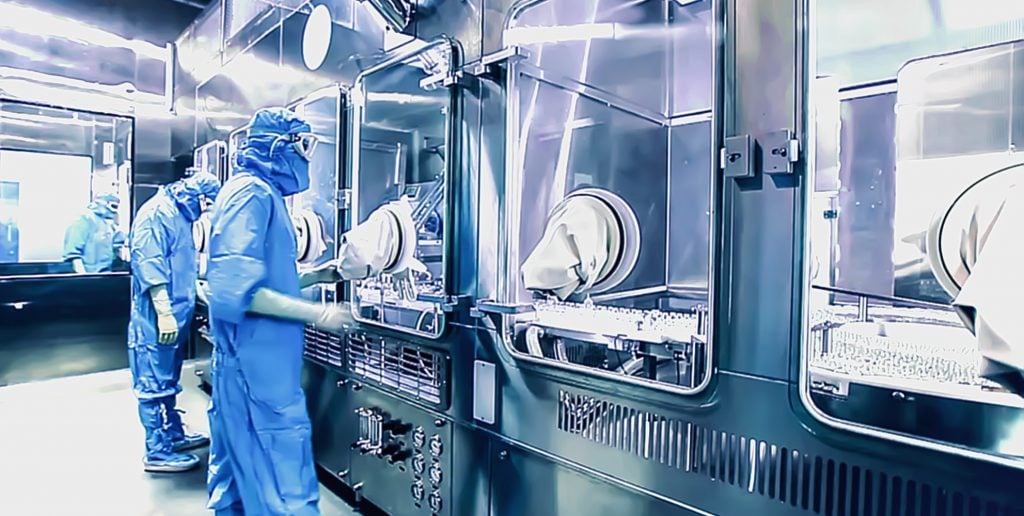
The requirement for a site-wide strategy for contamination control (CCS)
A substantial part of the Annex is given over to each organisation requiring a detailed, comprehensive Contamination Control Strategy (CCS) – the expectation of which is for a formal document, reflecting the site-wide strategy for preventing contamination of finished products. The concept of a CCS is much more developed in the newly revised Annexe 1, compared to the version previously in force.
The upgraded implementation of such guidance will be a demanding exercise, and industries may face potential new challenges. There is a long list of elements that need to be considered, from equipment and process design to corrective and preventive actions. This will involve increased levels of environmental monitoring, which is the method in which pharmaceutical manufacturers monitor and control environmental contamination in their cleanrooms. (Cleanroom Supplies stock a range of products suited to environmental monitoring applications, including our high-demand Settle Plate Stand products).
The ECA Foundation has published a set of guidelines to help establishments complete their CCS strategy – view more details here. (Note that this article was published prior to the release of the revised Annex 1).
So what does that mean for consumers?
Well, consumers of organisations in the pharmaceutical industry will no doubt be aware of the need for strict adherence to contamination control procedures. Since the revised Annex 1, said consumers can be more confident in the improved adherence to these procedures within manufacturing facilities, through to the departure of the goods from the cleanroom.
The new draft acknowledges the advancement of new sterile manufacturing technologies.
Since the last visited version of Annex 1 in 2008, there have been significant advances in sterile manufacturing technology, especially with Restricted Access Barrier Systems (RABS) and isolators. The new draft proves to acknowledge such advancements.
For example, previous Annex 1 guidelines required all connections for aseptic processing to be performed under highly classified Grade A environments. However, the latest revision acknowledges the advancements in sterile processing technology, such as restricted access barriers systems, isolators, robotic systems, rapid microbial testing and monitoring systems, that can help minimize potential contamination in the surrounding environment. Provided that the connection device has been appropriately validated to show no progression of microbial contamination – and that a Contamination Control Strategy (CCS) has been conducted – transfers could be performed in lower-classified environments.
Who do the changes affect the most?
The scope of Annex 1 relates to pharmaceutical companies who manufacture products within the European Union, and those importing into the European Union.
Section 3 of the document refers to the manufacture of sterile medicinal products and pharmaceuticals, whilst Section 4 outlines the maintenance and quality standards of Cleanrooms, change rooms, and other sterile environments used in the manufacturing process.
Those who operate in pharmaceutical, cleanroom or sterile manufacturing industries will likely already be aware of the new regulations coming to action in August 2023. However, as a company that supplies to many businesses within these industries, Cleanroom Supplies felt it was beneficial to provide such information on our blog page to reach our own audiences.
You can click below to view a copy of the latest Annex 1 guidelines, published by the EU GMP in August 2022.

